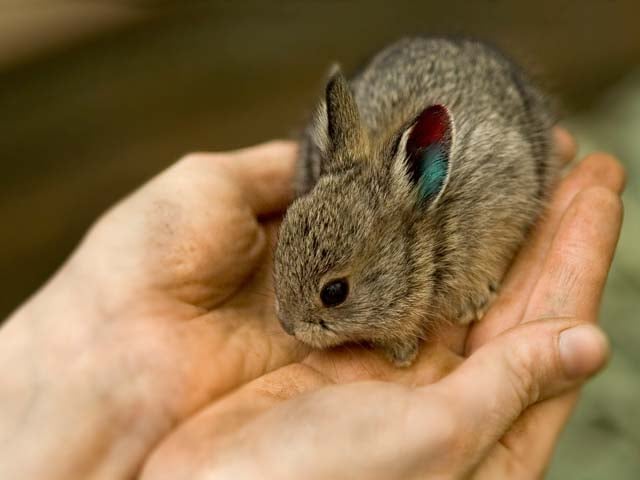 FEWER than 30 of the 150,000 rabbits that once infested Macquarie Island are still alive after a joint state-federal eradication program.
FEWER than 30 of the 150,000 rabbits that once infested Macquarie Island are still alive after a joint state-federal eradication program.A Senate estimates committee heard yesterday that a $30 million program of baiting, shooting and detector dogs had resulted in the almost complete eradication of rabbits from the World Heritage-listed sub-Antarctic island 1500km south of Hobart.
The rabbits and introduced rats and mice had a devastating effect on wildlife on the island by overgrazing native vegetation, which in turn affected nesting sites.
Their numbers boomed after a cat eradication program on the island.
Liberal senator Eric Abetz said the deaths of 2190 sea birds during the three-year program was a disaster.
"This is a complete debacle which just goes from bad to worse," he said after the hearing.
"The collateral damage seems worse than the problem the Government was seeking to eradicate."
Senator Abetz said the real number of deaths was much higher.
While 2190 bird carcasses had been discovered on Macquarie Island, more had probably died at sea.
Premier Lara Giddings said the rabbit eradication program was necessary to protect the island's bird life.
"Nobody wants to see wildlife hurt or damaged by programs. However, what is Eric Abetz's alternative?' she said.
"Those same birds, the same wildlife, were absolutely threatened by the destruction of the natural habitat on Macquarie Island because of rabbit grazing."
Environment Minister Tony Burke said the bird deaths were inevitable.
"When you do baiting, the fact is you will lose some of the birds you are wanting to protect," he said.
"But if you don't do baiting, feral animals like rabbits and rodents will keep wiping everything out."
Mr Burke said up to 24 bird species ultimately stood to benefit from the eradication program.
From here.





 The 1988 arrival of viral hemorrhagic disease (VHD) in Spain devastated that country's European rabbit (Oryctolagus cuniculus) population and, in the process, possibly doomed the local species most adapted to hunt rabbit, the
The 1988 arrival of viral hemorrhagic disease (VHD) in Spain devastated that country's European rabbit (Oryctolagus cuniculus) population and, in the process, possibly doomed the local species most adapted to hunt rabbit, the 







